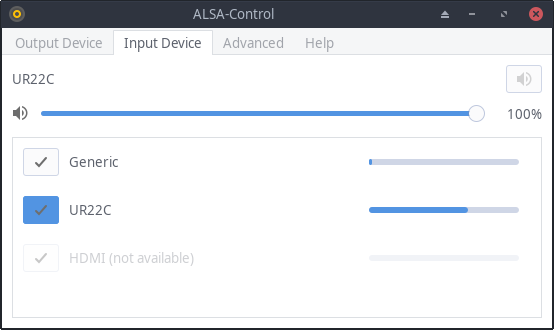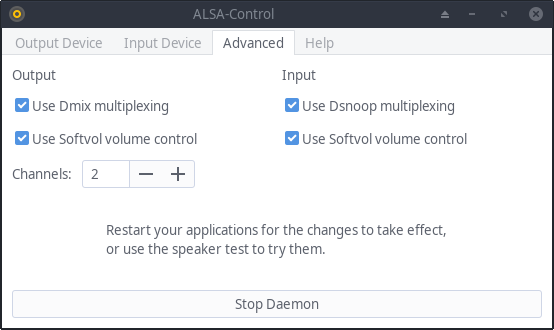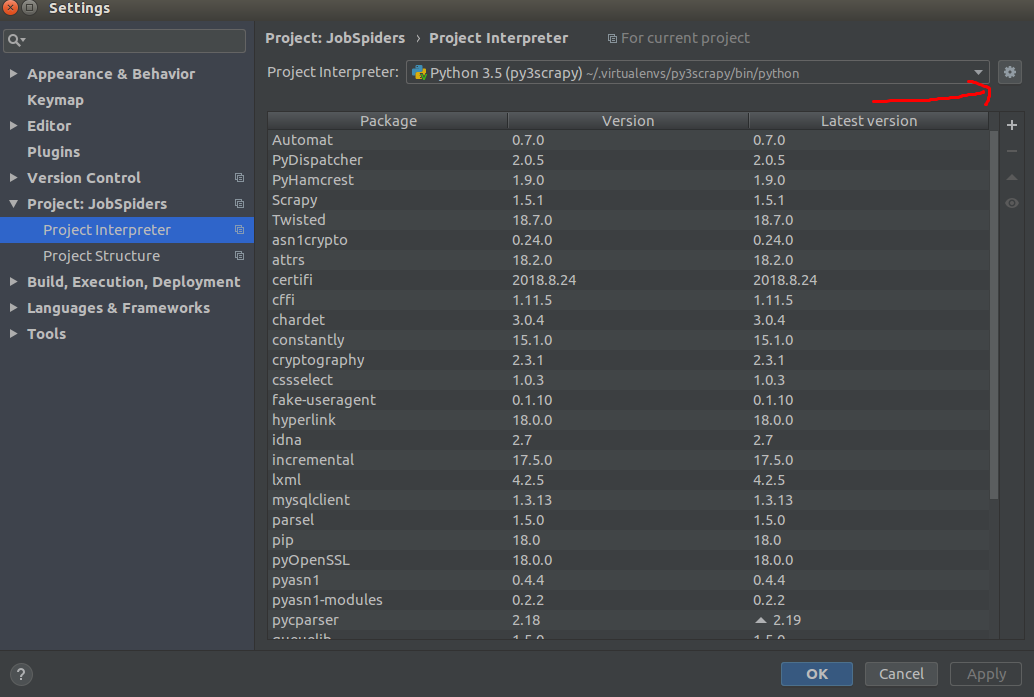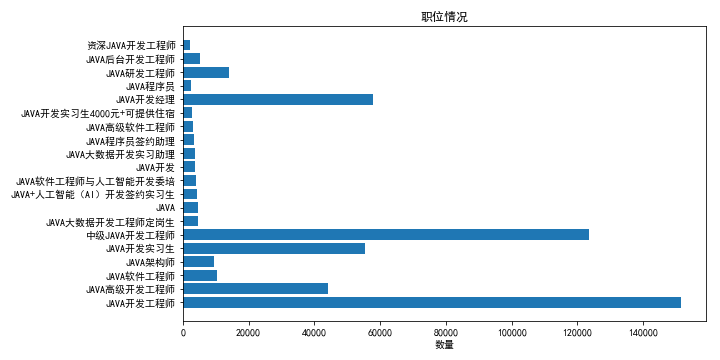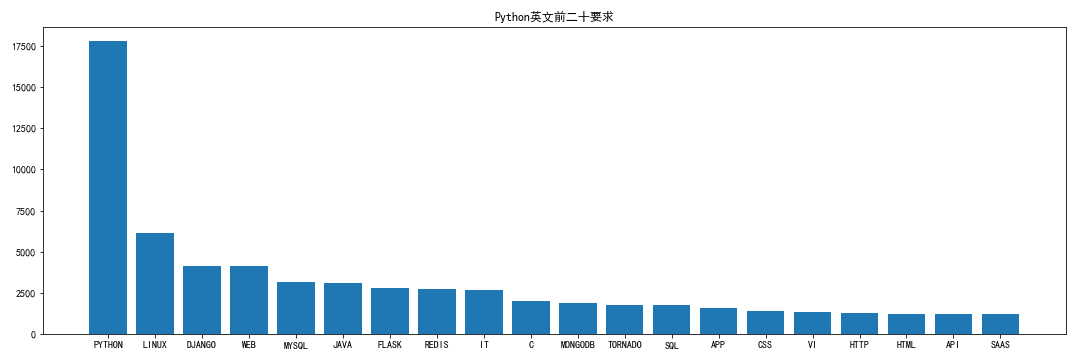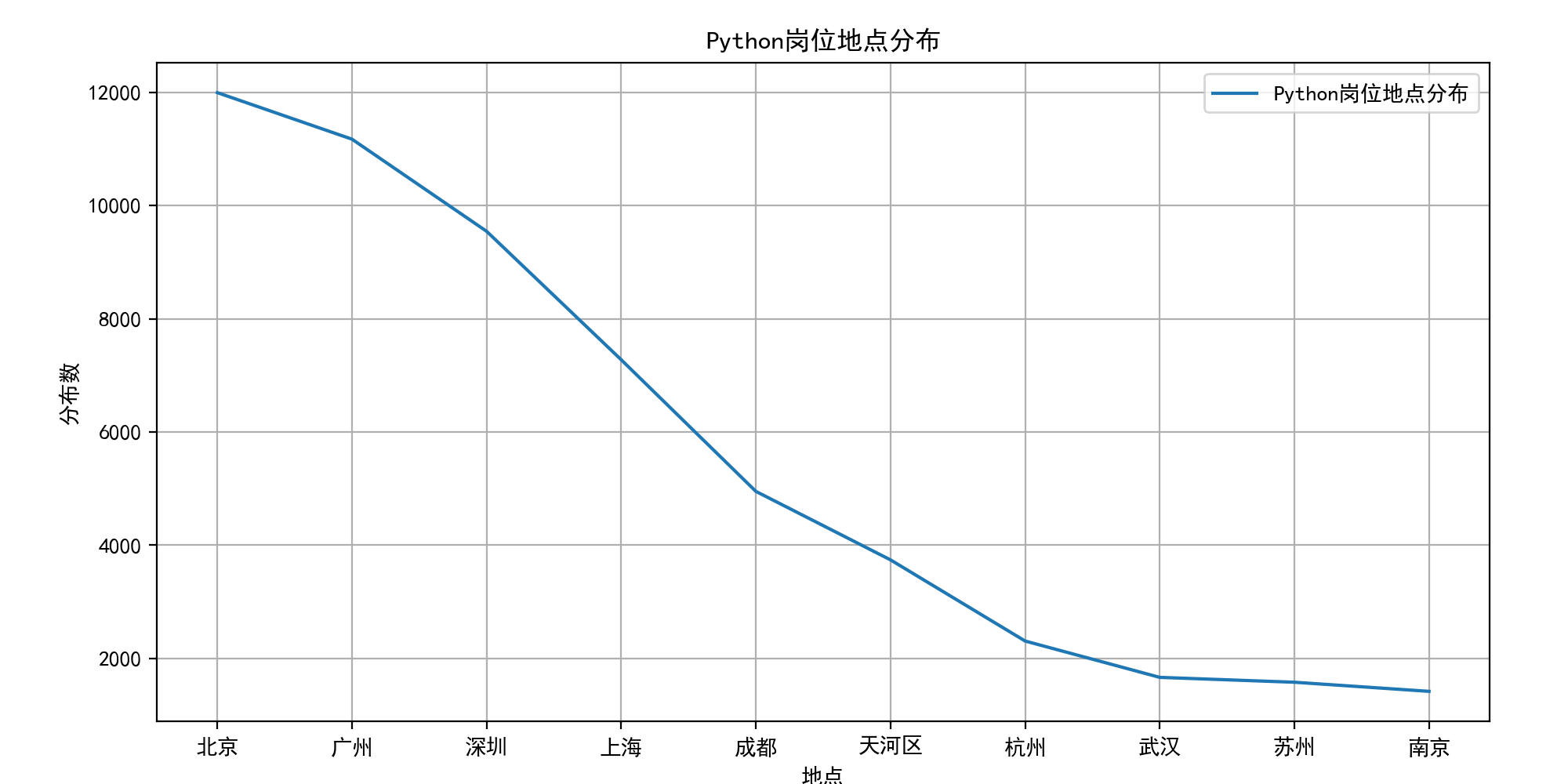closefrom fd cmd arg …
closefrom – close(2) a range of file descriptors before exec(2)
closefrom closes all file descriptors numbered fd and higher before
executing a program.
exec(2)ing a file can unintentionally leak file descriptors to
the new process image. These file descriptors may provide unexpected
capabilities to
the process.
closefrom is run as a part of an exec chain, closing many descriptors
similar to the closefrom(2) system
call, before executing the target process.
ucspi-unix is an example of the “Defer to Kernel”
privilege separation model in Secure Design
Patterns.
The guarantees are broken because ucspi-unix leaks the listening
socket to the application
subprocess. The application subprocess can race the server in accepting
new connections and bypass unix socket permissions and socket credential
checks.
#include <stdio.h>
#include <unistd.h>
#include <err.h>
#include <sys/types.h>
#include <sys/socket.h>
#include <sys/un.h>
/* cc -g -Wall -o accept accept.c */
int main(int argc, char *argv[]) {
int fd;
struct sockaddr_un addr;
socklen_t addrlen = sizeof(addr);
for (;;) {
fd = accept(3, (struct sockaddr *)&addr, &addrlen);
if (fd < 0) {
warn("accept");
continue;
}
(void)write(fd, "12345678\n", 9);
(void)close(fd);
}
}
# run unixserver as root
sudo unixserver -m 077 /tmp/test.sock -- setuidgid nobody ./accept
# connect to the socket
$ sudo nc -U /tmp/test.sock
$ sudo nc -U /tmp/test.sock
$ sudo nc -U /tmp/test.sock
12345678
# with closefrom
sudo unixserver -m 077 /tmp/test.sock -- closefrom 3 setuidgid nobody ./accept
accept: accept: Bad file descriptor
This example opens and leaks a file descriptor to cat(1):
#!/bin/bash
exec 9</dev/null
exec $@
$ leakfd ls -al /proc/self/fd
total 0
dr-x------. 2 msantos msantos 0 Aug 28 09:28 .
dr-xr-xr-x. 9 msantos msantos 0 Aug 28 09:28 ..
lrwx------. 1 msantos msantos 64 Aug 28 09:28 0 -> /dev/pts/19
lrwx------. 1 msantos msantos 64 Aug 28 09:28 1 -> /dev/pts/19
lrwx------. 1 msantos msantos 64 Aug 28 09:28 2 -> /dev/pts/19
lr-x------. 1 msantos msantos 64 Aug 28 09:28 3 -> /proc/32048/fd
lr-x------. 1 msantos msantos 64 Aug 28 09:28 9 -> /dev/null
$ leakfd closefrom 3 ls -al /proc/self/fd
total 0
dr-x------. 2 msantos msantos 0 Aug 28 09:29 .
dr-xr-xr-x. 9 msantos msantos 0 Aug 28 09:29 ..
lrwx------. 1 msantos msantos 64 Aug 28 09:29 0 -> /dev/pts/19
lrwx------. 1 msantos msantos 64 Aug 28 09:29 1 -> /dev/pts/19
lrwx------. 1 msantos msantos 64 Aug 28 09:29 2 -> /dev/pts/19
lr-x------. 1 msantos msantos 64 Aug 28 09:29 3 -> /proc/32058/fd
None.
cargo build
- bash
#!/bin/bash
set -o errexit
set -o nounset
set -o pipefail
NOFILE="$(ulimit -n)"
LOWFD="$1"
shift
for fd in $(seq "$LOWFD" "$NOFILE"); do
eval "exec $fd>&-"
done
exec $@
close(2), closefrom(2), exec(3)




